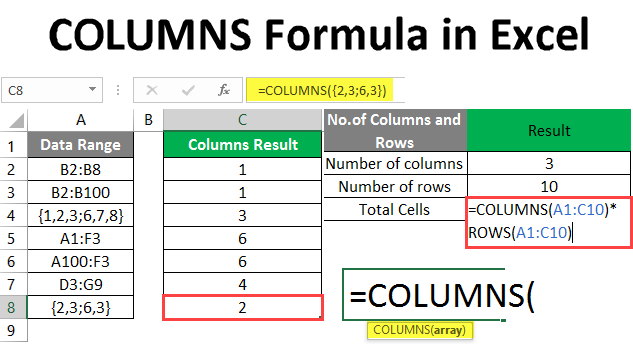5 Ways Excel Formulas Vary by Sheet

Microsoft Excel remains a powerhouse tool for businesses and individuals alike, offering robust functionality through its use of formulas. Excel's ability to handle data through formulas is not only confined to within a single worksheet; it extends across multiple sheets, enhancing its capabilities exponentially. However, understanding how formulas interact with different sheets can be a game-changer in managing complex data sets. Let's delve into the ways Excel formulas vary by sheet.
1. Relative and Absolute References

When you work with multiple sheets, understanding the distinction between relative and absolute cell references is crucial:
- Relative References: These change when copied to another location within the workbook, adapting based on their new position. For example, if you have a formula like
=A1+A2in Sheet1 and you copy it to Sheet2, Excel will adjust the formula to=A1+A2in Sheet2, assuming you want to reference those cells relative to the new location. - Absolute References: These remain constant regardless of where the formula is copied. If your formula in Sheet1 is
=A1+B2, when you copy it to another sheet, it will still referenceSheet1!A1andSheet1!B2. Use absolute references when you want to keep the reference to a specific cell or range from another sheet.
✅ Note: When linking to cells across sheets, it's often beneficial to use absolute references to avoid formula errors from unintended cell shifting.
2. Sheet Names in Formulas

Formulas in Excel can reference cells from different sheets by specifying the sheet’s name, followed by an exclamation mark, then the cell reference:
- If you’re referencing cell A1 in Sheet2 from another sheet, the formula would look like
=Sheet2!A1. - To sum up values from different sheets, you might use something like
=SUM(Sheet2!A1, Sheet3!A1, Sheet4!A1).
3. 3D References

A lesser-known but incredibly powerful feature in Excel is 3D references, allowing formulas to reference the same cell or range across multiple sheets:
| Example | Explanation |
|---|---|
| =SUM(Sheet1:Sheet3!A1) | This formula sums the value of cell A1 from Sheet1 to Sheet3. |

Using 3D references simplifies complex calculations where you need to perform operations on the same cells or ranges across various sheets.
4. Indirect References

The INDIRECT function allows you to reference cells and sheets dynamically:
=INDIRECT(“Sheet1!” & A1)
In this formula, if A1 in the current sheet contains “B1”, the formula will reference Sheet1!B1. This method is useful for creating dynamic links between sheets based on variable inputs.
5. Sheet Aggregation

Sometimes, aggregating data from multiple sheets into a summary sheet can be a challenge. Here are some approaches:
- Manually: Enter the formulas manually for each cell in the summary sheet.
- Use of Named Ranges: Define named ranges that span across sheets for easier formula construction.
- Helper Columns: Utilize helper columns on each sheet to perform intermediate calculations before summarizing.
- VBA Macros: For advanced users, Visual Basic for Applications (VBA) can automate sheet aggregation.
In summary, mastering how Excel formulas vary by sheet opens up a new dimension in data manipulation and analysis. From the simplicity of relative references to the power of 3D references and indirect functions, Excel provides tools to manage and analyze data across multiple sheets with remarkable efficiency. Whether you’re aggregating financial data, tracking project progress, or simply organizing personal expenses, these techniques ensure that your spreadsheet remains both flexible and precise.
What is the benefit of using absolute references in multi-sheet formulas?

+
Absolute references ensure that your formulas always reference the same cell or range, regardless of where the formula is copied to in the workbook, which is essential for maintaining data integrity when dealing with multiple sheets.
Can I use 3D references for non-adjacent sheets?

+
Unfortunately, 3D references only work with adjacent sheets. For non-adjacent sheets, you’ll need to sum or reference the cells manually or use helper cells.
How does the INDIRECT function benefit Excel users?

+
The INDIRECT function allows for dynamic referencing of cells and sheets, enabling more complex and flexible spreadsheet designs where cell references can change based on the contents of other cells.



